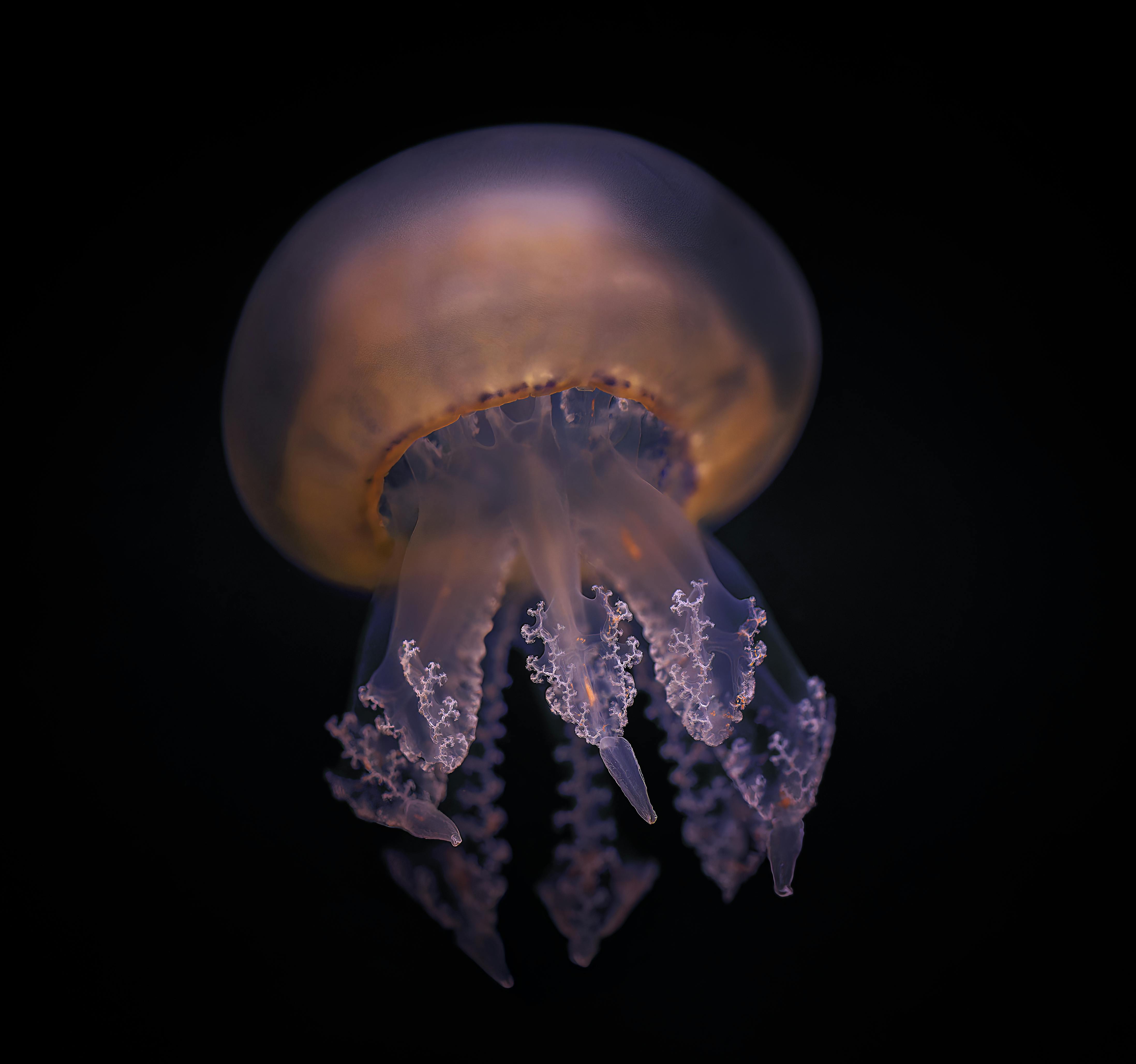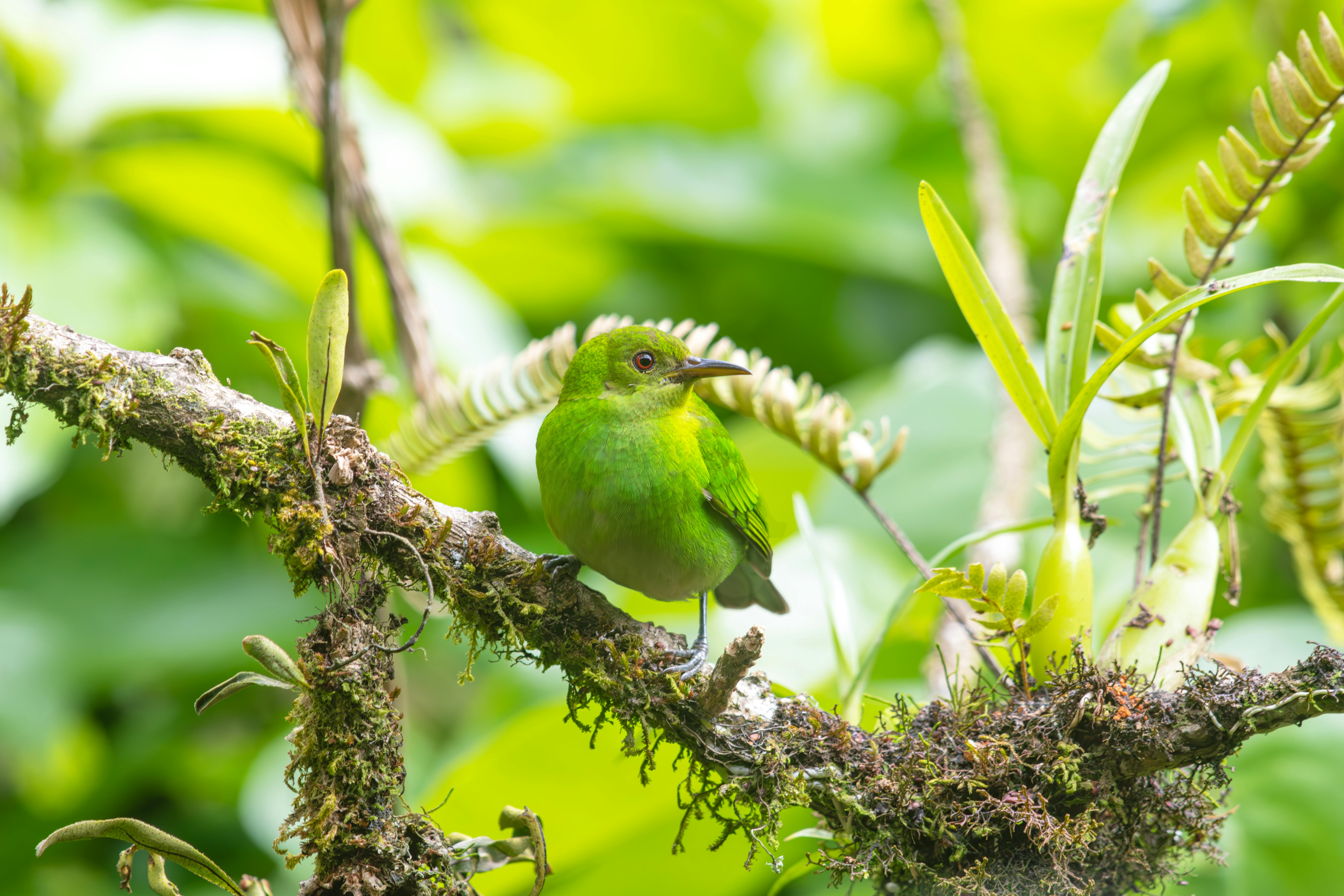In the fascinating world of tarantulas, their eggs’ survival often hinges on the delicate balance of their environment. In “Are There Specific Environmental Disturbances That Lead To Increased Predation On Tarantula Eggs?” you’ll uncover how various disruptions, such as habitat destruction, climate change, and human interference, create vulnerabilities and heighten risks to these tiny, delicate clusters. By examining these factors, you gain a deeper understanding of how seemingly minor changes can ripple through ecosystems, impacting even the most resilient of species in ways you might not expect. Have you ever wondered what factors might affect the survival of tarantula eggs? These intriguing creatures may not be at the forefront of your mind, but their lifecycle and survival mechanisms are fascinating and incredibly complex. In this article, we’ll delve into the specific environmental disturbances that can lead to increased predation on tarantula eggs.
Understanding Tarantula Reproduction
Before we get into the environmental disturbances, it’s essential to understand the basics of tarantula reproduction. Tarantulas are solitary creatures, coming together only to mate. After mating, the female tarantula lays her eggs in a silken egg sac, which she guards vigilantly.
Egg Laying Process
The process starts when the female lays between 50 and 2,000 eggs, depending on the species. These eggs are enclosed in a silken sac that the mother guards fiercely. This egg sac is usually hidden strategically to avoid predators, but sometimes, environmental conditions may disturb its hiding place.
Guarding and Incubation
The female tarantula will aggressively guard her egg sac, ensuring that it remains intact and safe from potential predators. The incubation period can last anywhere from 45 to 60 days, depending largely on environmental conditions like temperature and humidity.
Types of Environmental Disturbances
Environmental disturbances can range from natural calamities to human activities. Each one can create conditions that make tarantula egg sacs more vulnerable to predators.
Natural Disturbances
Natural disturbances are events that occur without human intervention, such as:
- Flooding
- Droughts
- Forest Fires
- Severe Weather Conditions (e.g., Hurricanes and Tornadoes)
Human-Induced Disturbances
Human activities have become significant sources of environmental disturbances, affecting wildlife populations in various ways. These disturbances include:
- Deforestation
- Urbanization
- Pesticides and Chemicals
- Climate Change

How Environmental Disturbances Increase Predation
Changes in Habitat
Both natural and human-induced disturbances can significantly alter the habitat where tarantulas live. When vegetation is destroyed or significantly altered, tarantulas may lose their natural hiding places. This makes the egg sacs more visible and accessible to predators.
| Disturbance Type | Effects on Habitat |
|---|---|
| Flooding | Destroys burrows, exposes egg sacs |
| Droughts | Forces animals to move, exposing nests |
| Forest Fires | Destroys habitat, exposes hidden areas |
| Deforestation | Removes natural cover, makes nests visible |
| Urbanization | Fragmentation of habitats |
Increased Predator Activity
Environmental changes can lead to an increase in predator populations or activities in a given area. For instance, the removal of a forest may push certain animals to look for food in new areas, including places where tarantula eggs are hidden.
Reduced Vigilance
When the environment changes drastically, even tarantula mothers can get distracted or displaced, reducing their ability to guard their eggs effectively. For example, in the aftermath of a forest fire, a mother tarantula may be forced to relocate, leaving the egg sac vulnerable.
Common Predators of Tarantula Eggs
It’s important to identify which animals are potential predators of tarantula eggs. This will give you a better understanding of why certain environmental conditions might make these eggs more susceptible.
Types of Predators
- Ants
- Birds
- Small Mammals
- Reptiles
- Other Spiders
- Parasitoids (e.g., wasps)
How Predators Locate Egg Sacs
Many of these predators rely on their keen sense of smell or sight to locate tarantula egg sacs. Disturbances that alter the habitat can make these sacs easier to detect and access.
| Predator | Detection Method |
|---|---|
| Ants | Chemical trails, smell |
| Birds | Visual cues, disturbances in foliage |
| Small Mammals | Smell and sight |
| Reptiles | Sight |
| Other Spiders | Chemical cues, sight |
| Parasitoids (wasps) | Chemical cues |

Case Studies
Sometimes, real-world examples can shed light on the theoretical aspects discussed. Below are some instances where environmental disturbances led to increased predation on tarantula eggs.
Case Study 1: Forest Fires
In 2019, a forest fire in California drastically reduced the vegetative cover, exposing many tarantula burrows. Post-fire studies showed an alarming increase in ant populations. The ants, with their keen chemical detection abilities, quickly located and consumed many exposed tarantula egg sacs.
Case Study 2: Urbanization in Brazil
Deforestation and urbanization in parts of Brazil have fragmented habitats previously occupied by tarantulas. As a result, species such as birds and small mammals started frequenting these fragmented areas, leading to increased predation rates on tarantula egg sacs.
Mitigation Measures
While complete prevention of environmental disturbances is impossible, specific mitigation measures can minimize the impact on tarantula populations.
Habitat Preservation
One of the most effective ways to protect tarantula eggs is to preserve their natural habitat. This involves:
- Enforcing laws against deforestation
- Creating wildlife reserves
- Implementing controlled burns to manage forest health without catastrophic fires
Research and Monitoring
Ongoing research and monitoring can help identify the most vulnerable populations and areas. Conservationists could then focus their efforts on these critical zones.
Public Awareness
Raising public awareness about the importance of tarantulas in the ecosystem can gather public support for conservation efforts. Educational programs and community projects can go a long way.
Artificial Nesting Sites
Creating artificial nesting sites that mimic natural conditions could offer an additional layer of protection. These could be monitored and maintained as part of a broader conservation strategy.

Conclusion
So, are there specific environmental disturbances that lead to increased predation on tarantula eggs? Absolutely. Both natural and human-induced disturbances can severely impact the habitats of these fascinating creatures, making their eggs more susceptible to predators. By understanding these factors, we can take steps to mitigate their impact and help ensure the survival of these incredible animals.
Your curiosity might lead you to explore further about tarantula behavior, their role in the ecosystem, or even simple ways you can contribute to their conservation. Every bit of knowledge and effort counts in preserving the biodiversity of our planet.
Feel free to dive deeper into the subject, and share your newfound knowledge with others. After all, understanding and awareness are the first steps towards effective conservation. You’re now better equipped to appreciate the delicate balance of nature and the small yet vital role tarantulas play in it. Happy learning!
